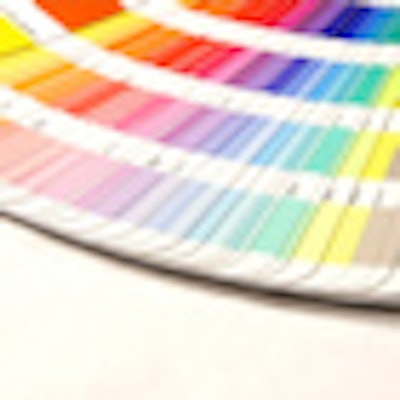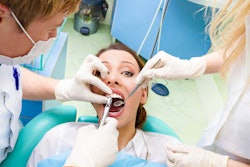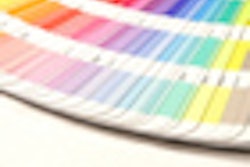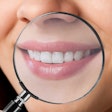
Accurate shade matching for dental restorations is crucial to patient satisfaction. A new study in Acta Odontologica Scandinavica (July 27, 2011) has found that a group learning approach in a clinical setting could improve students' shade-matching abilities.
A curriculum of shade matching, developed by Professor Holger Jakstat from the University of Leipzig and Vita Zahnfabrik, is established at some universities in Europe and the U.S., lead author Nicoleta Corcodel, DDS, from the University of Heidelberg dental school, told DrBicuspid.com. The curriculum is based on the Vita 3D-Master shade guide and involves tooth color training in a nonclinical setting.
In this two-step approach, the students first work through the Toothguide Trainer (TT) software, a computer-based tool in which a shade tab is presented on a computer screen and the student chooses lightness, chroma, and hue, and the computer determines whether the selection was correct.
Next, the Tooth Guide Training Box (TTB) presents a real shade tab under artificial daylight conditions. Across the screen from this tab, the box presents options of 3D tabs for the user to choose from, then tells the user if the selection was correct. In both cases, the user has to match color until a specific performance level is reached.
Previous studies documented an improvement in shade-matching ability of shade tabs after completing this curriculum, Dr. Corcodel explained. However, prior to this study, whether this enhanced ability of shade tab matching also improves the students' ability to match tooth color in a clinical setting had not yet been investigated.
Learning on natural teeth
As an alternative to the nonclinical setting used in the TTB training, Dr. Corcodel's group created a clinical experimental setup for learning shade matching on natural teeth using a group learning approach in a standardized clinical setting.
They followed 71 preclinical students who all got a 45-minute lecture on the basics of color and shade matching in dentistry and who completed the TT phase. They were then divided into two groups: One group learned shade matching with a TTB, matching shade tabs in an artificial environment, while the other group (GL) matched tooth color in a predefined clinical setting in groups of four students.
— Todd Snyder, DDS
Students from each group first matched three predetermined teeth by using the 3D-Master shade guide in teams of two. After matching the three shades, the TTB group underwent the standardized training program. In the GL group, subgroups of four persons were formed. Three people then matched tooth color of three teeth of the fourth person in a clinical setting. They all had to agree on one tooth color. Matching took place in a special room that was painted in neutral gray and illuminated with lamps.
Following this training, the students returned to their original groups of two and matched the original three teeth again. The reference tooth color was determined by two experienced prosthodontic clinicians.
Being in the TTB group lowered the improvement in students' shade-matching ability, the study authors found.
"The ability in matching tooth color could be improved using a group learning approach in a clinical setting," they concluded. "An implementation of such a training session should be considered in dental pre- and postgraduate education."
There is a difference between matching tabs and matching real tooth color, noted the study authors, adding that a curriculum for matching tooth color should be implemented in a more clinical setting.
"We were surprised to find that tooth color determination could be improved just by using the group learning approach," Dr. Corcodel said.
More emphasis on color interpretation
This improvement could be due to the clinical training setting, which is close to the real clinical situation, the study authors noted. Or it could be that because the students learned in groups of three, they could see what others would have chosen as the correct color, which might have a learning effect.
"These findings lead us to recommend the implementation -- in dental pre- and postgraduate education -- of such a clinical training session in order to learn matching real natural tooth color under real clinical conditions," Dr. Corcodel concluded.
Todd Snyder, DDS, who has a private practice in Laguna Niguel, CA, and has conducted research on shade matching (Practical Procedures and Aesthetic Dentistry, February 2006, Vol. 18:1, pp. 55-60) said he was not surprised at these findings, but feels that more steps need to be utilized in educating students when it comes to addressing and accessing color in dentistry.
A preclinical group learning technique is important with the right supervision assisting, according to Dr. Snyder.
"Students need to see how different devices work or don't work," he said. They need to see and understand how other colors and factors can alter what they are seeing, he added.
"I believe color interpretation is not covered enough in dental school and that more time should be spent in addressing color interpretation in as many different settings as possible," Dr. Snyder concluded.



















